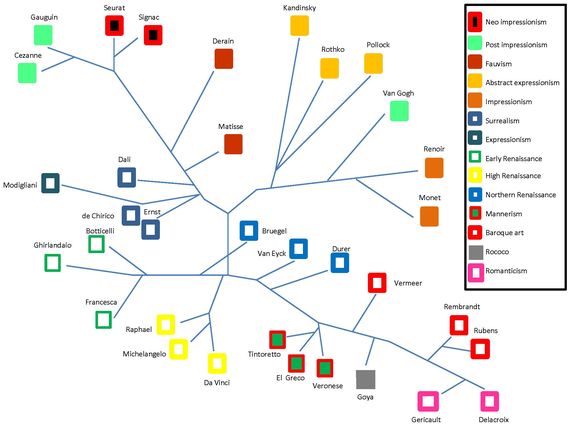
A lot of attention has been given to increasing the number of women in computer science, but despite numerous efforts the presence of female students in computer science programs is still far below the 50 percent equilibrium.
In the department where I teach just about 10 percent of the students are women, and things aren't much better at most other institutes of higher education. In fact, women representation in computer science programs is significantly worse than it was in the 1980's, when about one third of the students were women.
One of the reasons is the way academic institutes approach STEM education, and computer science in particular. While using high words about the importance of increasing the number of women in computer science and engineering, especially when preparing application for federal or private financial support, many engineering buildings do not even have women's restrooms on every floor (for the lack of popularity), sending a subconscious message that the engineering building is not a woman's natural environment. The content of computer science academic programs is also noticeably male dominated. For instance, many video game development programs include 3D shoot-everything-up games, or other video games of the kind my daughters won't play.
Perhaps the most radical example of male dominance in computer science is the field of image processing. For over a decade, image processing methods were tested using a picture of a naked woman, scanned from no other than the magazine "Playboy." Hundreds of scientific papers used that one picture, which during the 1990's became a standard. For instance, one could have problems reporting on a new edge detection algorithm without showing how their method processed that picture, featuring Playboy's playmate of the month.
When declined requests to discontinue the publication of the picture in scientific papers, the editor of the journal IEEE Transactions on Image Processing explained that the picture is unique for its "nice mixture of detail, flat regions, shading, and texture." Whatever. He also explained that he consulted with an anonymous feminist, who approved the use of the Playboy picture. The Playboy picture fiasco peaked in 1997, when the model was invited as a keynote speaker and gave a lecture (of questionable academic value) at the Society for Imaging Science and Technology conference.
Although I do not have scientific evidence to support it, my opinion is that the path to involving more women in image processing probably does not go through analyzing pictures of naked women taken from sleazy magazines, and women might also be less excited about the opportunity for a face-to-face meeting with Playboy's playmate of the month when they attend a scientific conference. The example of the Playboy picture might be an extreme case, but the fact is that computer science is geared towards solving engineering-oriented problems that are of more interest to men. To open the doors to more women, the variety of topics being studied should become more balanced.
In the four years I have been teaching computer science I noticed that women undergraduate students prefer different research topics than men, topics such as art and animal science, that attract just little attention within the computer science community. Another relevant field is biology, but while most research in computational biology is focused on data analysis (e.g., DNA sequences), female students are often more interested in working in a "wet" lab environment with living organisms.
So getting more women involved with computer science requires a substantial shift in computer science as a discipline, allowing stronger presence to the application of computer science to fields such as social science, humanities, and "wet" life sciences, affecting all levels of academic activities, from classroom assignments to scientific journals and conference. These fields clearly offer opportunities for high impact discoveries, but are considered niche sub-fields, and are not nearly as common in computer science as the "traditional" engineering-oriented sub-fields of computer science. Making such topics more dominant in classroom assignments and graduate level research will provide women students with more opportunities to flourish in computer science, and choose computer science as major and career.
Automatically-generated graph representing art history based on computer analysis of paintings. Final project by computer science student Jane Tarakhovsky.
